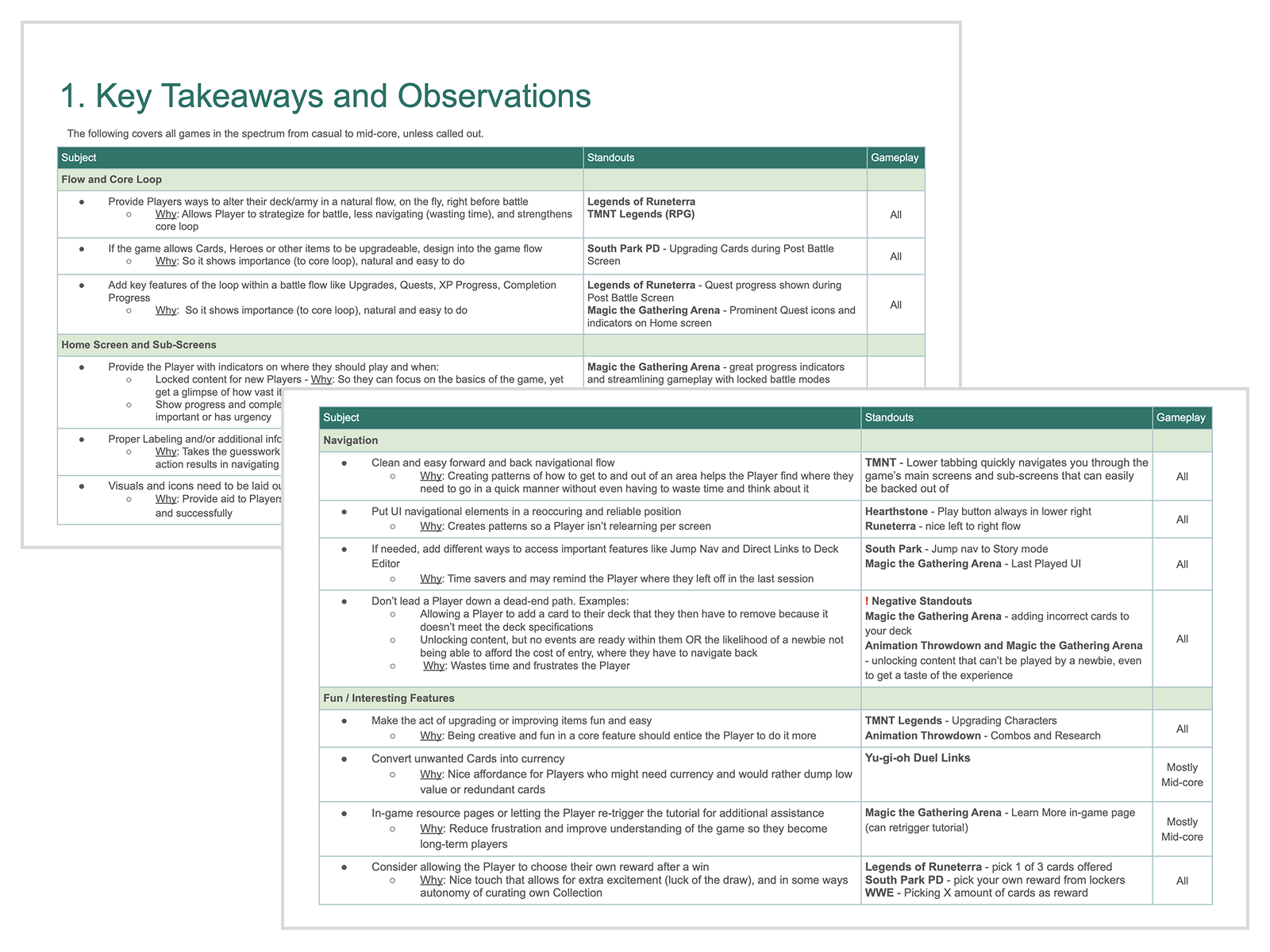Image 1: Competitive Analysis
During the pre-production phase of a new app build, I conducted a direct competitive analysis to identify key competitors in the space and evaluate their features and functionalities. This process allowed me to assess how other apps approach similar user needs and pinpoint areas of opportunity. Additionally, I analyzed best-in-class UX, examining the most effective design patterns, interactions, and user flows to ensure that the app would meet or exceed industry standards. This competitive analysis not only informed design decisions but also provided valuable insights into potential areas for differentiation and innovation.
Image 2: Competitive Analysis
I created this feature matrix to quickly compare the commonalities and gaps in functionality across competing apps. This matrix allowed me to visualize which features are standard in the market, as well as identify any potential feature holes or opportunities for differentiation. By mapping out the core features, I was able to prioritize which elements should be included in our app’s design and development, ensuring that we not only meet user expectations but also stand out in the competitive landscape.
Image 3: Archetypes and their Motivation
By utilizing data from Quantic Foundry, I was able to explore various user archetypes and gain a deeper understanding of their motivations and behaviors. This data-driven approach allowed me to evaluate whether the app's features aligned with user needs or required adjustments. It helped ensure that the features we prioritized were not only relevant but also optimized to resonate with our target audience, providing a more intuitive and engaging user experience.

